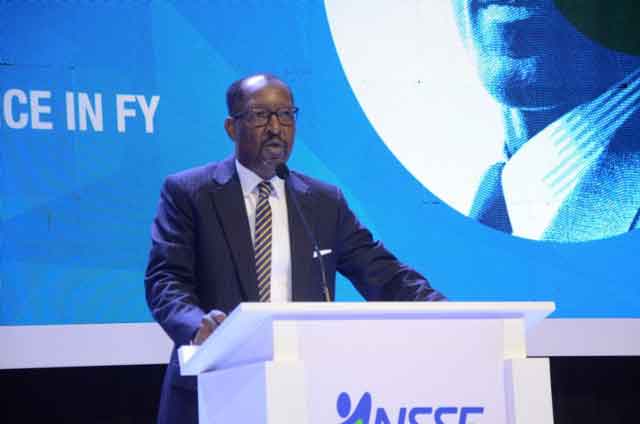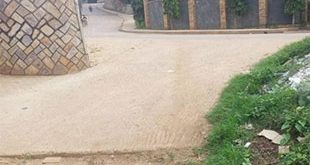
Kampala, Uganda | THE INDEPENDENT | Lack of adequate infrastructure and the high cost of land are keeping the cost of housing high, even as the developers have plans for low-cost houses.
Uganda has a housing deficit of about 2.1 million units, with the low and medium income-earning Uganda being the section most in need for what they have termed fair standards accommodation.
The National Social Security Fund and the National Housing and Construction Company, NH&CC have for decades been trying to leading the development of accommodation especially in and around Kampala, targeting both the high-end and medium earners.
NSSF has set aside Ushs 770b for procurement for the real estate investment, most of it being targeted at low-cost units in Temangalo and Nsimbe estates.
The low-cost houses are basically self-contained two bedroom houses with a living room, a store and a matching compound, according to NH&CC.
And according to the NSSF, a low-cost house should cost between Ushs 80 and 100m each, but that the current technology used in Uganda, the type of infrastructure and the cost of land cannot allow for delivery of a house at that cost.
Giving the example of the Temangalo estate, NSSF Managing Director Byarugaba lamented at the unfair market dynamics, saying when NSSF targets a property for purchase, the owners intentionally push the prices up.
In an apologetic mood, Byarugaba admitted that they have not performed to the expectation of Ugandans as per the promises of constructing low-cost houses.
Currently, the cheapest so-called low-cost house in NSSF-developed estates goes for 120 million Shillings to 150 million, and Byarugaba says their hands are tied because infrastructure like electricity, water and roads are expensive to extend to the estates, yet the government does not give any input.
He says that 45% of the cost goes into infrastructure, which makes the final product expensive, yet they cannot compromise on the quality to offer cheap houses.
However, Byarugaba hopes that the efforts of mobilizing the private sector for joint solutions will bear fruit.
He has challenged innovators in various industries including in the IT, construction and building materials to team up and develop technologies that can help lower the cost.
Byarugaba suggests that a developer or landowner offers land for a pilot to construct houses of less than Ushs 100 million, which he says can be afforded by people earning Ushs 5m, or about 0.7 million NSSF members.
Unfortunately, the majority of NSSF savers earn far less than that, while currently, most retirees get less than Ushs 10m in total benefits.
*******
URN
 The Independent Uganda: You get the Truth we Pay the Price
The Independent Uganda: You get the Truth we Pay the Price



